Earlier in the year, I decided to spend 2015 reading a much richer selection of books. I determined that fully half of the books I read will feature main characters of color, preferably by authors of color (though current publishing statistics make that latter goal pretty hard to achieve). I wanted to share a few of these books from my reading so far.
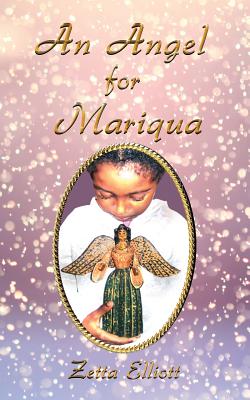
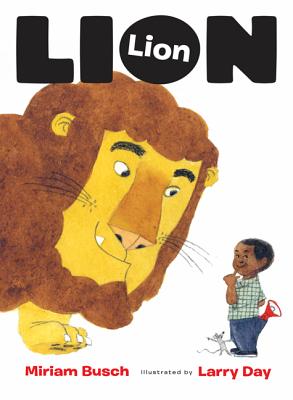

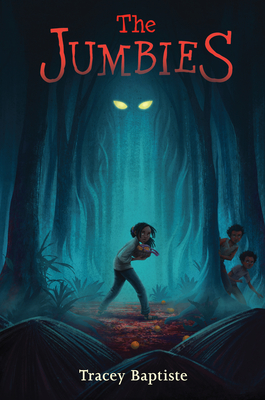
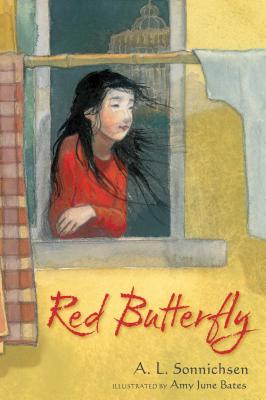
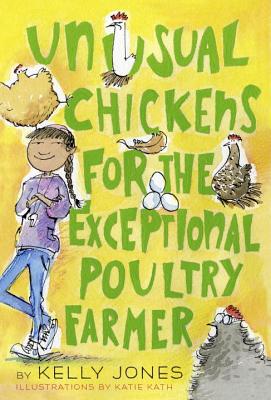
An Angel for Mariqua by Zetta Elliott (Rosetta Press)—This book for ages 8-12 reminded me so much of books I loved as a fourth- and fifth-grader, the kind of books that explored in a warm and authentic way life’s problems and pleasures as navigated realistically by a young person I could identify with, even if some particulars of her circumstances were different from my own. (I was a desert kid, and most books I read were set in cities, suburbs, or a green countryside. As you might imagine, there were few kids in desert settings in 1970s chapter books. Heck, there still aren’t many!)
Mariqua is eight years old and in a rough patch, getting into arguments at school and leaving her grandmother at wit’s end. The gift of a wooden angel from a mysterious street vendor is the beginning of a series of small good things for Mariqua as she whispers her hopes into the angel’s ear at night. She meets a teenage girl in the same apartment complex who has secrets and struggles of her own but teaches Mariqua how to manage her strong feelings and learn to open up her guarded heart.
We are an over-the-top society these days when it comes to storytelling, and that’s a lot of fun, but children are also still learning to navigate their lives. I loved books about magic and adventure when I was a kid, but I also loved books about family, school, and community. There aren’t enough of those books in our current climate, and I couldn’t help thinking of how little room there is in publishers’ lists for books like this especially when the main character isn’t white and doesn’t live in the suburbs.
Lion, Lion by Miriam Busch and Larry Day (HarperCollins/Balzer + Bray) — An exuberant picture book with sly humor in the vein of Jon Klassen and Kevin Sherry, this one is for kids who like to put visual clues and cues together. A little boy calls for his missing Lion, but the lion who shows up is looking for lunch. The boy shows him several non-human lunch possibilities, but the lion dismisses each for various reasons (some of which will help the boy and his little kitten, Lion, later). Will this end badly for the tyke? Happily, the little boy is cleverer than Lion and all ends with a happy twist.
An Ember in the Ashes by Sabaa Tahir (Razorbill) — This brutal, fast-paced fantasy feels both familiar and unique. Laia is not brave like her brother nor fierce like her rebel mother nor strong like her father. Laia’s family are Scholars, whose lands and rule were overtaken over by the cruel Martial Empire long ago. Laia’s rebel parents were captured and have disappeared, and now she and her brother live with their grandparents. As the book opens, Laia’s brother is arrested for treason by ruthless Masks — soldiers of the Empire who wear liquid metal masks over their faces — and her family disintegrates while Laia watches, helpless and terrified. Disgusted by her own cowardice, she finds her way to a hideout of Scholar rebels, hoping for their help to free her brother. In exchange for their help, she must disguise herself as a slave and go into service as the handmaiden of the sadistic leader of the Martial Empire, a woman so vicious her own son—a brilliant young soldier who wants nothing more than to escape his violent future—can’t love her. In addition to the palace intrigue and peril, this story offers love triangles and questions what lies at the very heart of courage, integrity, and loyalty.
The Jumbies by Tracey Baptiste (Algonquin) — If the Brothers Grimm had visited Trinidad and gathered stories there, they might have uncovered tales like this one. I’ve never read a book quite like it—unique, colorful, and memorable, not to mention scary! Aimed at ages 8-11, it has a marvelously rendered Caribbean island setting and invokes colorful creatures of myth and folklore from that region. This story is definitely for kids who like to be scared to the tips of their toes by things that go bump in the night. Corinne, 11, is very close to her hearty fisherman father. Both share a deep love of Corinne’s departed mother. Neither has ever paid much attention to tales of the jumbies and creatures who live in the forest that borders the seaside village, but one day Corinne and some friends venture into the woods, triggering a restlessness in the creatures there. Then, when a beautiful, mysterious woman shows up at the open-air market and takes an interest in Corinne and her father, Corinne knows something is not right. The woman insinuates herself into Corinne’s life and her father’s affections, while the wicked sprites and evil mischief-makers are emboldened to leave the forest and attack the villagers. As her father literally falls under the jumbie woman’s spell, it’s up to Corinne to discover the legacy of her mother and the secret strengths that lie within herself, with the help of her friends and a witch. An author’s afterword elaborates on the varieties of jumbies in Caribbean folklore.
Red Butterfly by A.L. Sonnichsen (Simon & Schuster) — I’d been hearing great things about this book, so it was high up on my reading stack. When I cracked open the covers, I admit I was a little disappointed to find that it was a novel in free verse. It’s hard for those novels to avoid having the same staccato rhythm, and most really aren’t poetry. Red Butterfly wasn’t entirely immune to those problems, BUT — I soon stopped caring because I was so intrigued by the story and characters and the way this adoption story unfolds.
So much about the story is mysterious in the beginning. Kara is a Chinese child who speaks English fluently but has bad Chinese language skills. She lives with her mother in a small apartment. They have little money, and Kara’s mother rarely ventures outside. When she does so, she covers up from head to toe. Kara’s father lives in America and sometimes sends money, sometimes doesn’t. Little by little, the reasons for Kara’s circumstances become clear. I won’t say more because part of the magic of this book is in discovering the story at its own pace.
I loved this book. I cried at the end of it, cared about the characters — especially a couple of secondary characters in the middle of the book who are deeply, lovingly rendered — and I think sensitive (the positive connotation) young readers will really love this story. My one quibble is that the turning point for Kara comes a bit too quickly, is resolved too suddenly.
So many of us have friends with daughters adopted from China. It’s a tale we think we know at least the main outlines of, but Red Butterfly illuminated an experience I’d never known about — American parents living in China for years before the adoption officially goes through, Chinese children who are undocumented because of the single-child rule, having no official identity and therefore no avenue for even being adopted. It’s clear that this novel was written by someone with intimate insider experience, and it shows in both the small details and the emotional resonance of the story.
Unusual Chickens for the Exceptional Poultry Farmer by Kelly Jones and Katie Kath (Knopf) — This charming middle-grade novel is lively and as much of a standout as The Jumbies, but for completely different reasons. It begins as the story of an immediately likable city girl and her parents, who inherit a farm and need to make sense of a completely unfamiliar setting. At first, you think it’s going to be the kind of bright, funny, warm, realistic novel that an author like Deborah Wiles writes—but then come, as the title promises, some very unusual chickens, some with quite alarming abilities. The mixture of the everyday and the humorously supernatural has a Roald Dahl flavor to it, but tilts less zany and more grounded. (There are even real facts about chickens and how to raise them peppered throughout the book, enlivened by great illustrations.) Twelve-year-old Sophie is resourceful and funny, an observant kid who writes letters to her deceased beloved abuela to keep her posted on Sophie’s new world, as well as to Agnes, original owner of the unusual chickens. She strikes up friendships with Gregory, the mailman (a refreshingly three-dimensional character and one of the only people in town who is “brown” like Sophie and her mother (her dad is white; her mom is Latina). Ethnicity is handled lightly but also directly in this book—for instance, Sophie has occasional moments of frustration due to people’s assumptions based on her mother and her own brown skin—which is also refreshing. These are brief, honest moments in a girl’s life and are folded so easily into a story that includes poultry thieves, shapeshifting creatures, communication from beyond the grave, as well as building an ideal chicken coop and finding friends. One of the most original, fun books I’ve read in a long time.
******
So that’s my update for now! The diversity revolution in publishing is beginning to have real legs, though we all need to do our part to make sure this isn’t another burst of enthusiasm that fades. Given the population of the United States, it is a win-win-win decision to bring all of our children into books that make them heroes, both ordinary and super, of stories.
Next up: The Lost Tribes by Christine Taylor-Butler (Move Books) and Ink and Ashes by Valynne Maetani (Tu Books).

Thank you–more titles for my reading list!